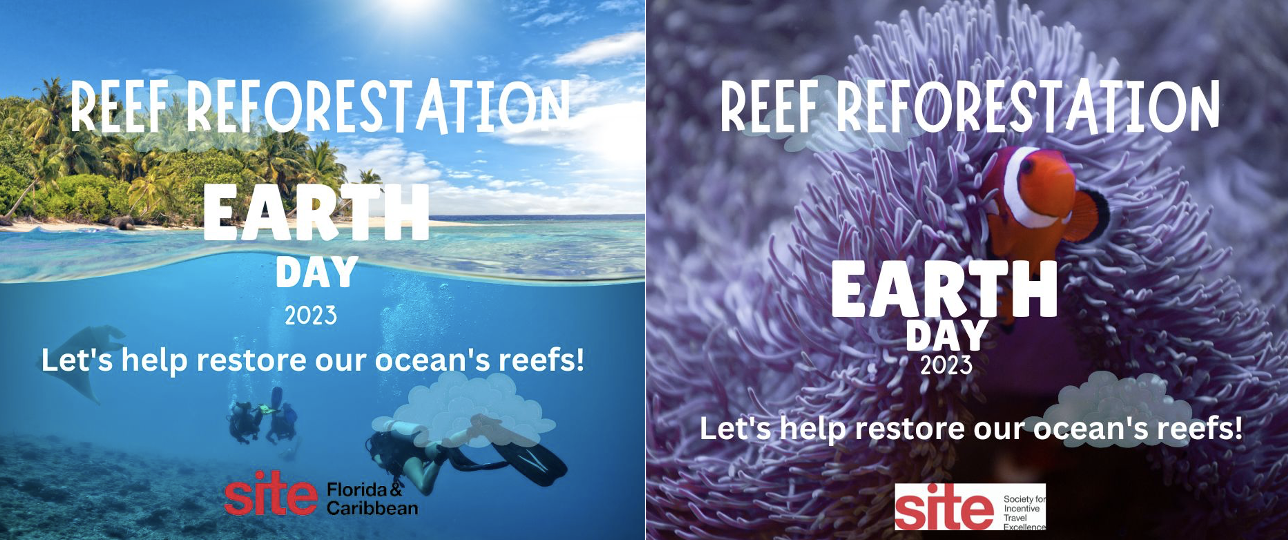For Earth Day, we organized two events revolving around reef reforestation, starting with a reef renourishment sponsored by the 5-star Kimpton Seafire in the Caribbean’s Cayman Islands.
For our second event, we partnered with the Opal Reefhouse Resort in Key Largo, Florida, and Mote Marine Laboratory & Aquarium, an independent nonprofit leader of world-class ocean research and science education.
We held a hands-on reef restoration educational workshop, followed by a happy hour with plant-based food overlooking the Gulf of Mexico.
Under the guidance of Mote’s scientist, chapter members turned into coral farmers for the day on a land-based coral nursery adjacent to the Reefhouse Resort. We learned that corals are indeed animals - “sessile” organisms, meaning they don’t move but are affixed to the reef, which is why many think they are plants.
Most structures that we call "coral" are in fact made up of hundreds or thousands of tiny coral creatures called polyps. Each soft-bodied polyp — most no thicker than a fingernail — secretes a hard outer skeleton of limestone (calcium carbonate) that attaches either to rock or the skeletons of other polyps.
After a bit of coral education, we turned to a hands-on activity and learned to fragment corals by cutting them into smaller pieces on a diamond band saw. This is called “micro-fragmenting coral” (aka, making coral babies) and has similarities to grafting fruit trees.
We then glued the coral fragments on a mushroom-like pin before transferring them back into the “coral spa.” Here, they will grow polyps until they are large enough to either repeat the fragmentation cycle OR will be put into the ocean in about six months.








